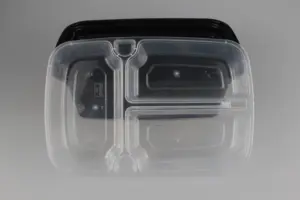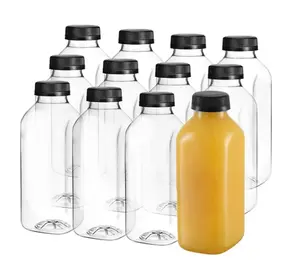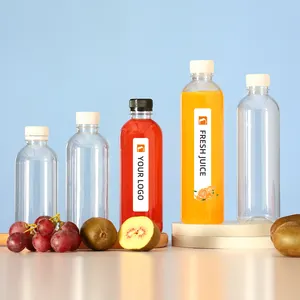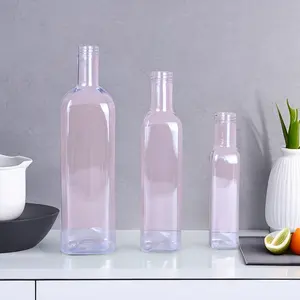Understanding Food Grade Plastic Bottles
Food grade plastic bottles are essential containers for a myriad of products, ranging from beverages to personal care items. These bottles are designed to be safe for contact with consumables, ensuring that the contents remain uncontaminated and suitable for consumption or use. The term 'food grade' signifies that the plastics used are free from toxins and chemicals that could leach into the product.
Types and Applications
There is a diverse array of food grade plastic bottles available, each serving specific industries and purposes. From clear PET bottles that showcase the product within to HDPE containers known for their strength and durability, the selection is vast. These bottles are utilized in sectors such as the beverage industry, personal care, pharmaceuticals, and home cleaning supplies, highlighting their versatility.
Features and Materials
The features of food grade plastic bottles are numerous. They are typically lightweight, reducing shipping costs and easing the handling process. The materials used, such as PET, HDPE, and LDPE, are chosen for their safety, durability, and recyclability. These plastics offer a barrier against moisture and contaminants, while also being able to withstand various levels of heat and cold.
Advantages of Using Plastic Bottles
Opting for food grade plastic bottles presents several advantages. Their durability means they are less likely to break during transport, unlike glass counterparts. The cost-effectiveness of plastic allows for economical packaging solutions, and their ease of use is appreciated by both manufacturers and consumers. Additionally, the lightweight nature of plastic bottles reduces transportation emissions, contributing to a lower carbon footprint.
Design Considerations
When selecting food grade plastic bottles, design is a crucial factor. A well-crafted bottle not only appeals aesthetically but also provides functional benefits such as ease of use, efficient storage, and safe distribution. The design should ensure the protection of the contents while also being practical for end-users, with considerations for ergonomics and accessibility.
Cost-Effectiveness and Sustainability
While design and functionality are important, the cost-effectiveness of food grade plastic bottles cannot be overlooked. It is vital to choose packaging solutions that align with budgetary constraints without compromising on quality. Furthermore, sustainability is an increasingly important aspect, with many bottles now being recyclable, supporting environmental conservation efforts.







































 浙公网安备 33010002000092号
浙公网安备 33010002000092号 浙B2-20120091-4
浙B2-20120091-4